Colours of Film: The Story of Cinema in 50 Palettes
£14.80£18.00 (-18%)
Taking you from the earliest feature films to today, Colours of Film introduces 50 iconic movies and explains the pivotal role that colour played in their success.
The use of colour is an essential part of film. It has the power to evoke powerful emotions, provide subtle psychological symbolism and act as a narrative device.
Wes Anderson’s pastels and muted tones are aesthetically pleasing, but his careful use of colour also acts as a shorthand for interpreting emotion. And let’s not forget Schindler’s List (1993, dir. Steven Spielberg), in which a bold flash of red against an otherwise black-and-white film is used as a powerful symbol of life, survival and death.
In Colours of Film, film critic Charles Bramesco introduces an element of cinema that is often overlooked, yet has been used in extraordinary ways. Using infographic colour palettes, and stills from the movies, this is a lively and fresh approach to film for cinema-goers and colour lovers alike.
He also explores in fascinating detail how the development of technologies have shaped the course of modern cinema, from how the feud between Kodak and Fujifilm shaped the colour palettes of the 20th Century’s greatest filmakers, to how the advent of computer technology is creating a digital wonderland for modern directors in which anything is possible.
Filled with sparkling insights and fascinating accounts from the history of cinema, Colours of Film is an indispensable guide to one of the most important visual elements in the medium of film.
Read more
Additional information
| Publisher | Frances Lincoln, 1st edition (9 Feb. 2023) |
|---|---|
| Language | English |
| Hardcover | 208 pages |
| ISBN-10 | 0711270317 |
| ISBN-13 | 978-0711270312 |
| Dimensions | 17.7 x 2.8 x 23 cm |

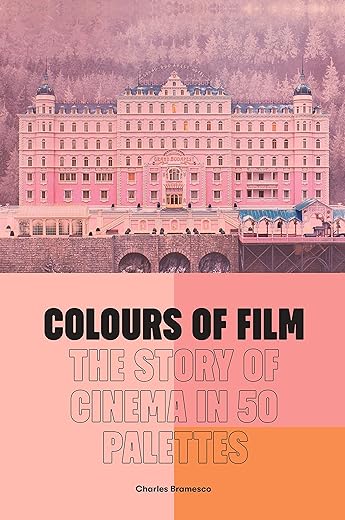



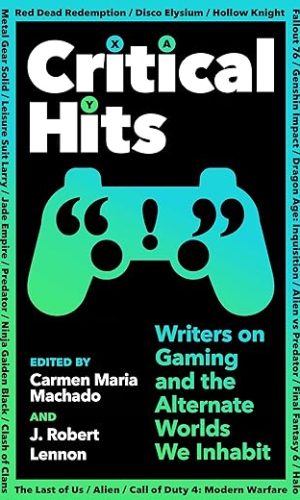
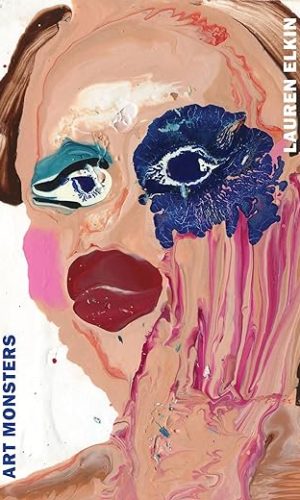
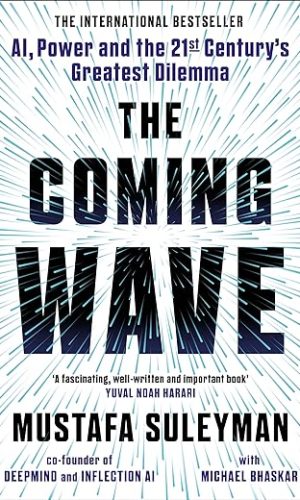
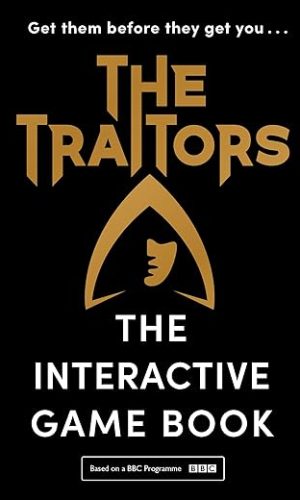
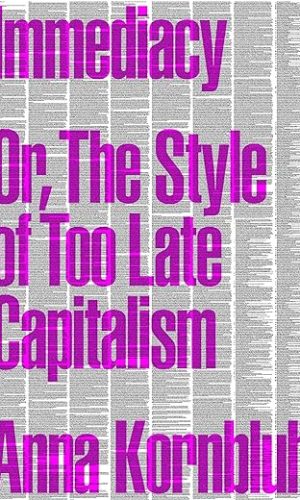


by Monty Marwood
Colours of Film is interesting and enlightening with regard to how colour is used in film. I found it absolutely fascinating, if a little dry at times, so I’d definitely recommend this book to anyone doing film studies or with an interest in film in general.
by DitsybyDesign
Got intrigued by this book so ordered it but found it rather boring. Well, I have to admit that I am not studying movie history or anything so thus pardon my shallow mind and boredom.
Otherwise, the book is well made and might have some value to those who are particularly interested in movie history, arts and media.
by DitsybyDesign
Many many years ago, as a student, I took film studies as a subject and the interest has continued.
I wasn’t quite sure what to expect from this book but I found the concept really interesting, and this is way more than a picture book, which is what I was worried it might be.
A collection of interesting movies filmed / created in unique ways. I was especially thrilled to see some Studio Ghibli – this book isn’t limited to just real-action but also other filming methods.
Admittedly there were a lot of films in this book I’d never heard of (quite art-cinema, as expected) but also familiar and very well-known films.
I would have been disappointed had the Wizard of Oz not featured. When it comes to colour being used in the movies, it’s absolutely iconic! Interesting and unusual.
by pb14
Step one – flick through the contents page, is Speed Racer in there?
OK, it passed that test.
Colors Of Film is a book which is specifically about how colour (I will use the UK spelling) works in cinema. It can be oversaturated, or undersaturated, and colours can be omitted or over-used. One of the most famous (which is in here) is Spielberg’s girl in the red coat in the otherwise black and white Schindler’s List – which Bramesco allows Spielberg space to explain quite how simplistic it was as symbolism. Otherwise there is a mixture of great films which we might not consider the colour in (Jeanne Dilman being a prescient pick here being celebrated for its drabness) and those which make a virtue of it (The Three Colours Trilogy – The Wizard Of Oz). Each film gets a page of text and then a page, or three, of photos with the key colours blocked out and given their RGB numbers and hexadecimal number. He does early on cop to issues with colour fading, being changed by restoration: the first film in the book is a Spanish handpainted version of A Trip To The Moon.
All this said it is something of a coffee table book with a diploma. There are brief essays on colour theory, and a few bits on Fujifilm, Technicolor and digital colouring, but you can dive deeper into all of those topics elsewhere (possibly not as well illustrated),. The fifty films on offer also do skew very Hollywood, and English language (though interestingly eclectic in places, But I’m A Cheerleader and Lover’s Rock turn up so its not just the canon). Its an interesting take on an often overlooked topic, and whilst I think I personally might have liked a deeper dive, it’s a terrific introduction and stimulator of conversation.
by Mr P Connorton
Hard back cover is great which I wasn’t expecting. Excellent overview of colour use in film, helps a lot that it’s split up by film
by S. D. Spicer
I wanted to love this book and recommend it to my students; which I will – but with some reservations. Firstly, it’s a really good guide to the use of colour in the cimema, demonstrating the way that the colour can be used to set not only the look, but the emotional tone of the film.
Each film has a short description followed by pictures from the film with solid areas or colour, this is a good method to illustrate the use but falls down on the printing process. The book is printed on a matte paper; but the colours are muddy even for matt. RGB settings for each colour are givn at the foot of the page so you can dial them into something like Adobe Photoshop and see them on a computer screen. In the case of the colours I tried they only bore a passing resemblance to the colour printed in the book. This would be in line with what I would have expected, RGB doesn’t translate into CMYK that happily often – but it also doesn’t show on my reasonable set up what I might see in a cinema.
This point is made by the author repeatedly as digital cinema is obviously not his favourite way of seeing films, especially those that were originated on 35/70mm film. He would raher see film as film (as would I) but doesn’t really mention how the changes in projector lamps would have made a huge difference to the on screen colours.
Other technical details are an issue. For example we are told that Technicolor developed bi-pack Kodachrome in 1915; there’s some confusion here. Kodachrome is a Kodak (Eastman) product.. Technicolor followed with a two strip camera a year or two later. I spotted other minor issues.
As I said at the start, I wanted love this. I do despite the issues – it’s a well written introduction to colour in film; just could be a bit better.